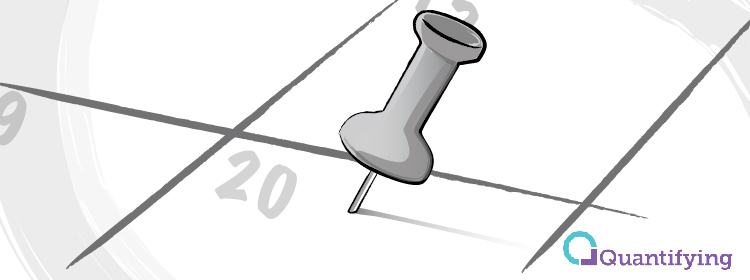
A practical 3-step approach to prioritization, scheduling, and productivity
Let’s look at the most basic approach to what really works. It’s easy to get overwhelmed with advice on how to get more done.
In reality, it’s pretty simple. Follow these three steps
- Decide what to do
- Decide when to do it
- Do it.
Let’s go through these one at a time.
Prioritization – How do you decide what to do?
Ask yourself these three questions:
- What are the three most important things you have to do today?
- Who needs information from you, before they can take action?
- What deadlines are coming up?
Then plan accordingly. And… if you’re not sure, reach out and ask someone.
Write these three questions on a sticky note and put it on your desk. Then you don’t have to remember.
Tip: after a long weekend, it will take a little bit to get back in the groove. Block off a couple hours to catch up, so you’re not starting off with a morning full of meetings.
Scheduling – When do you do what you need to?
Plan your day. Plans may change, but you’ll be more effective if you start out with a plan.
- Refer to your priority list
- Look at your calendar the day before.
Time block your day.
- Decide what you want to do when.
- Add it to the calendar in time blocks.
- Include time for preparation and follow-up if you have a lot of meetings.
- Be ruthless about working on what you need to do.
Tip: Be realistic with how long things take. Don’t try to squeeze a task that will take you 6 hours into 60 minutes, and then get frustrated when you’re not 100% done.
Productivity: How do you get things done?
Eliminate distractions
- Pay attention to interruptions. Notice what gets you off task. Is it your phone, Facebook, or your friend that wants to text you 60 times a day?
- Get rid of as many distractions as humanly possible. Close extra browser tabs and put your phone on silent.
- Set aside time when you want to be distracted. If you’re not as productive later in the day, schedule work that is more social during that time.
Batch your email
- If you live your life in email, chances are, you’re only being reactive, and not proactively doing the work that you really need to do.
- Set aside time blocks to reply to email.
- Reply to urgent emails immediately.
- Reply to non-urgent emails in a batch. Writing emails is like making cookies – it’s more efficient to batch – than to just create one at a time.
Tip: Be realistic with the amount of work that you can do. Planning to work a 12 or 14 hour day is not going to leave you productive during the entire time. When you’re tired, things take longer.
So, to recap – there are only three things you need to remember:
- Decide what to do
- Decide when to do it
- Do it.
Now, look at tomorrow and see how you make it even better.
